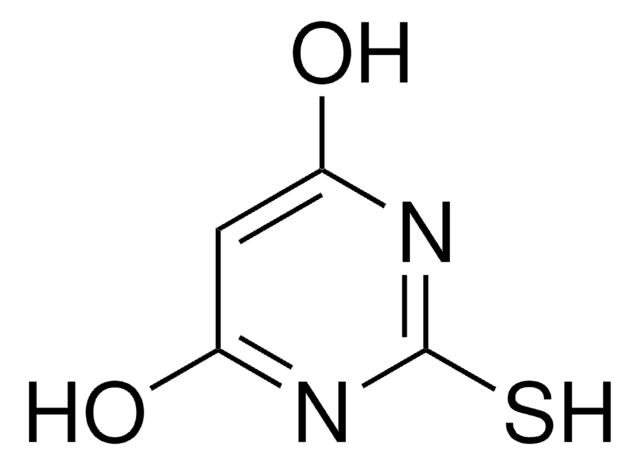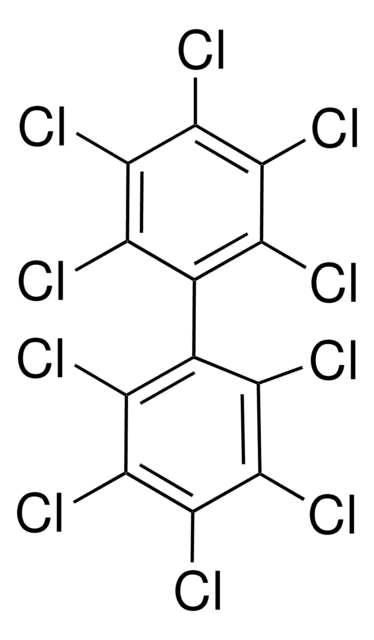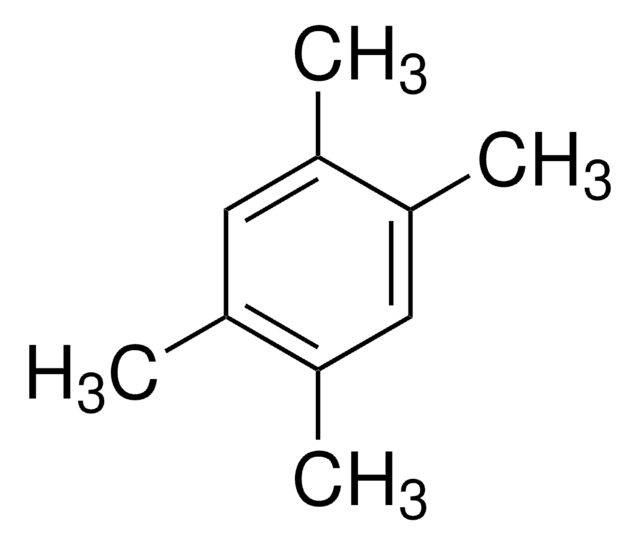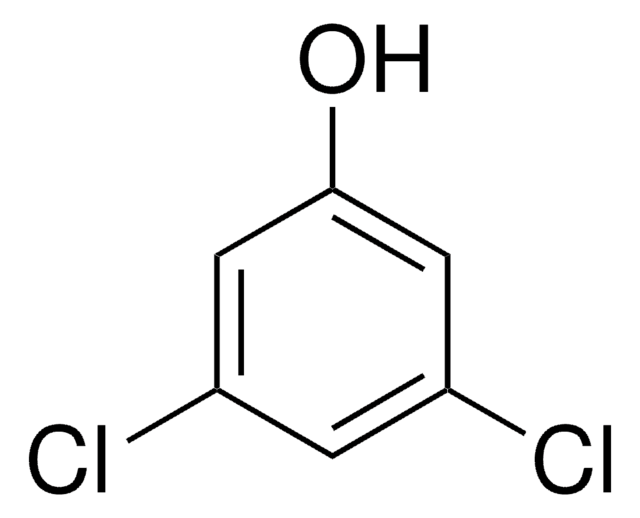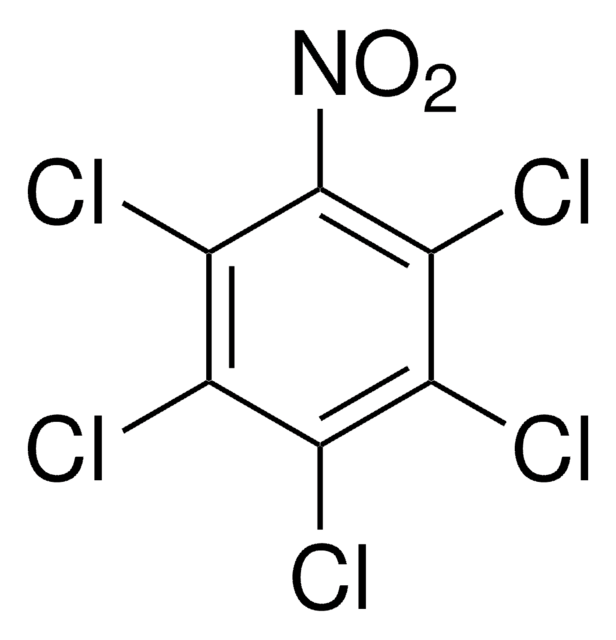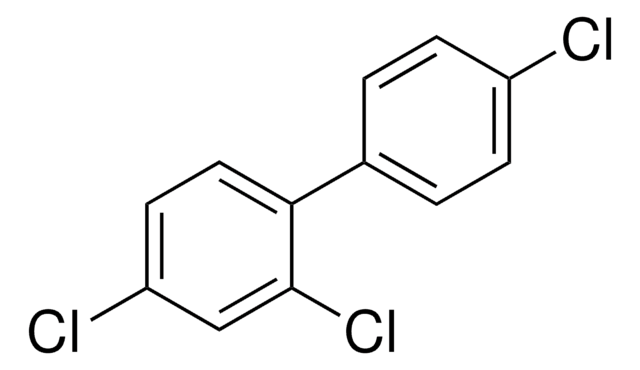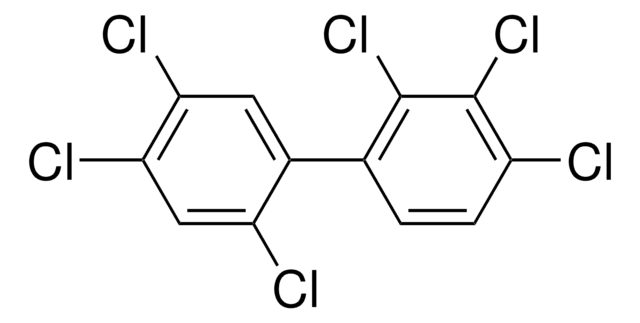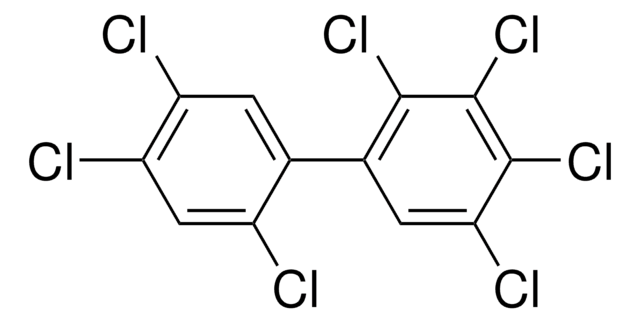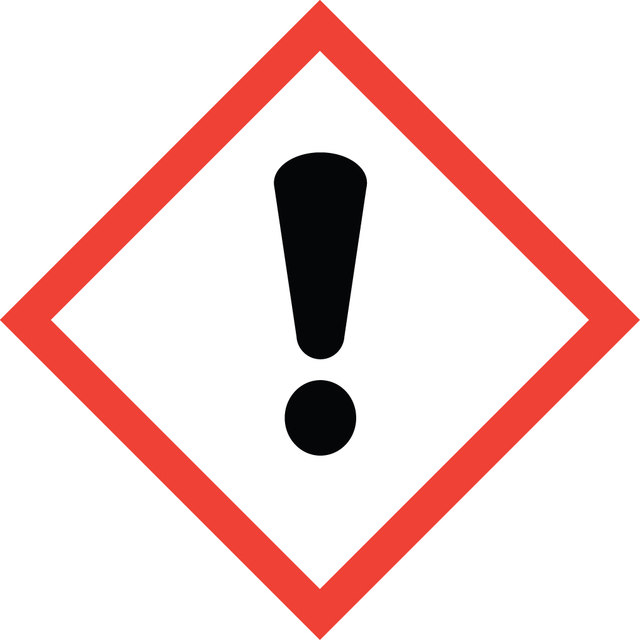442298
2,4,5,6-Tetrachloro-m-xylene
PESTANAL®, analytical standard
Sign Into View Organizational & Contract Pricing
All Photos(1)
About This Item
Empirical Formula (Hill Notation):
C8H6Cl4
CAS Number:
Molecular Weight:
243.95
EC Number:
MDL number:
UNSPSC Code:
12000000
PubChem Substance ID:
Recommended Products
grade
analytical standard
Quality Level
product line
PESTANAL®
packaging
ampule of 1000 mg
technique(s)
HPLC: suitable
gas chromatography (GC): suitable
application(s)
agriculture
environmental
format
neat
storage temp.
room temp
SMILES string
Cc1c(Cl)c(C)c(Cl)c(Cl)c1Cl
InChI
1S/C8H6Cl4/c1-3-5(9)4(2)7(11)8(12)6(3)10/h1-2H3
InChI key
NTUBJKOTTSFEEV-UHFFFAOYSA-N
Looking for similar products? Visit Product Comparison Guide
Application
Refer to the product′s Certificate of Analysis for more information on a suitable instrument technique. Contact Technical Service for further support.
Legal Information
PESTANAL is a registered trademark of Merck KGaA, Darmstadt, Germany
Signal Word
Warning
Hazard Statements
Precautionary Statements
Hazard Classifications
Acute Tox. 4 Oral - Eye Irrit. 2 - Skin Irrit. 2 - STOT SE 3
Target Organs
Respiratory system
Storage Class Code
11 - Combustible Solids
WGK
WGK 3
Flash Point(F)
Not applicable
Flash Point(C)
Not applicable
Choose from one of the most recent versions:
Already Own This Product?
Find documentation for the products that you have recently purchased in the Document Library.
Juliana Maria Saez et al.
Ecotoxicology and environmental safety, 144, 351-359 (2017-06-26)
Lindane is an organochlorine pesticide which persists in the environment and can cause serious health problems due to its chlorinated and hydrophobic nature. Microemulsions are isotropic and macroscopically homogeneous systems with high solubilization capacity of hydrophilic and hydrophobic compounds. The
Yared Beyene Yohannes et al.
The Science of the total environment, 574, 1389-1395 (2016-08-20)
Despite the presence of a wide variety and number of birds, there is exceedingly little data on organochlorine pesticide (OCP) residues in birds inhabiting in Africa. In the present study, concentrations of dichlorodiphenyltrichloroethanes (DDTs), hexachlorocyclohexanes, drins, cyclodienes, and hexachlorobenzene were
Staci L Capozzi et al.
Biofouling, 35(1), 50-58 (2019-02-23)
Removal of polychlorinated biphenyls (PCBs) from contaminated sediments is a priority due to accumulation in the food chain. Recent success with reduction of PCB bioavailability due to adsorption onto activated carbon led to the recognition of in situ treatment as
Swatantra Pratap Singh et al.
Environmental science. Processes & impacts, 19(7), 964-974 (2017-06-29)
Abiotic and bacterial degradation is presented for the two isomers α- and β- of the organochlorine pesticide endosulfan, denoted as ES-1 and ES-2, respectively. Biodegradation studies were conducted with two indigenous species Pseudomonas putida (P. putida) and Rhodococcus sp. Both
Shanshan Yin et al.
Environment international, 130, 104939-104939 (2019-06-30)
Currently, there is limited information about the mechanism of the human transplacental transfer for organochlorine pesticides (OCPs). This study aimed to evaluate the transplacental transfer of OCPs to better understand the influencing factors of exposure and transplacental efficiency. The study
Our team of scientists has experience in all areas of research including Life Science, Material Science, Chemical Synthesis, Chromatography, Analytical and many others.
Contact Technical Service
